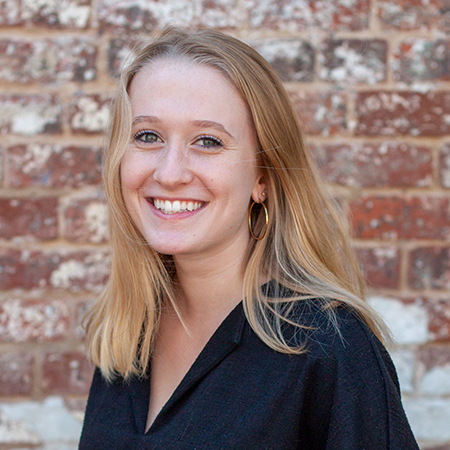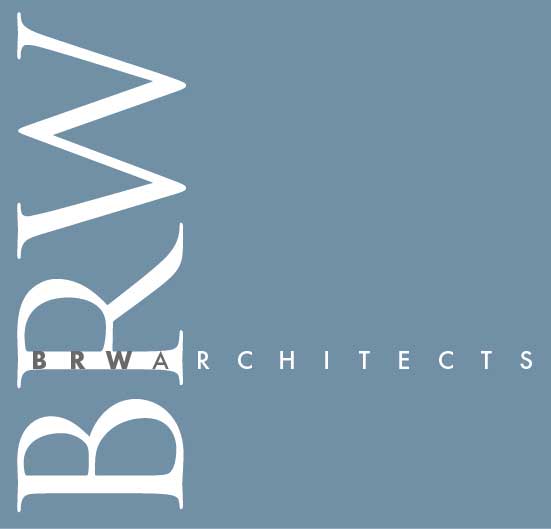Designing for People: Reflections from our Summer Intern

As an undergraduate student in architecture coming into the office for the summer, my experience with real projects was very limited. In school, we are given only theoretical projects with no client, no budget, and very few other constraints. Students are encouraged to focus on creating beautiful, efficient, environmentally-friendly spaces; there is much less consideration for the people that would inhabit them.
This summer I was able to experience a community redevelopment project in which the focus is not only on improving the living conditions for the residents but also including them in the planning process and giving them a voice for the future of their neighborhood.
Designing for People
In attending meetings with the residents, I witnessed a level of passion for design that I had never seen before. They are working on designing their future homes, the places where their kids will play, and where they will continue the incredibly strong sense of community that already exists in the neighborhood. They are dedicated to communicating their priorities and the details of the neighborhood that mean the most to each of them.
Throughout the summer, I heard the Southwood residents discuss the importance of bike lanes that are separate from the street; front porches for socializing; parks that are visible from inside the homes so that parents can watch their children play, the ability to run businesses from their houses; and many other neighborhood characteristics. This allowed me to imagine their future neighborhood as a moving and breathing organism instead of a collection of separate, static structures.
Instead of being dependent on designers and forced to conform to whatever decisions are made for them, the residents of Southwood will live in a neighborhood in which they have ownership and that is designed uniquely for and by them. The level of resident involvement in this process is unique for affordable housing redevelopments, and I will forever be thankful for the opportunity to learn from it.
Broadening the Practice of Architecture
From a practical standpoint, working on the Southwood project taught me a great deal about affordable housing and the process of neighborhood development. I was exposed to the ins and outs of a complicated rezoning process, the use of architecture software, and the details of site planning. Listening to discussions about density and how to maintain affordability showed me just how complicated the economics of affordable housing development can get as well.
Given the scale of this project, I gained a perspective on architectural design that is much more holistic than that of a single structure. All of this will be incredibly helpful to me as I continue my education and begin my career. More importantly, however, I learned about designing with a focus on people and community. Walking the site with the residents and listening to a mother and daughter start to plan their move from a trailer into their future home, is an experience that will stay with me and influence how I view my career.
Although the goal in any architectural project should be deigning beautiful spaces, it is not the total purpose of it. My experiences in the office this summer impacted my perspective on design and gave me what I believe to be a meaningful purpose for my future career – one that keeps the focus on the people that will occupy the beautiful spaces.
